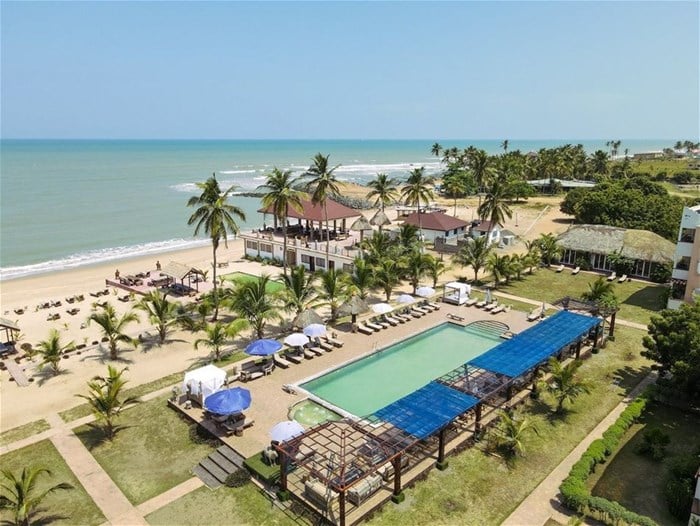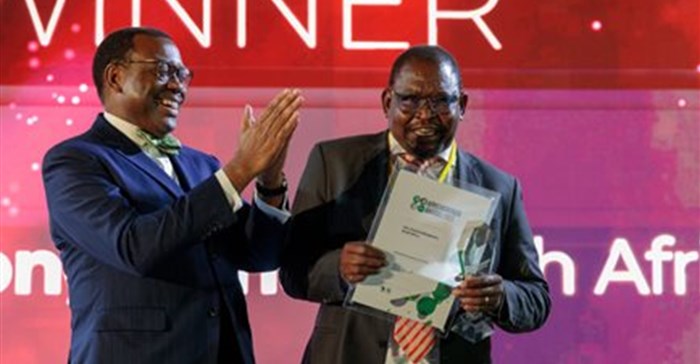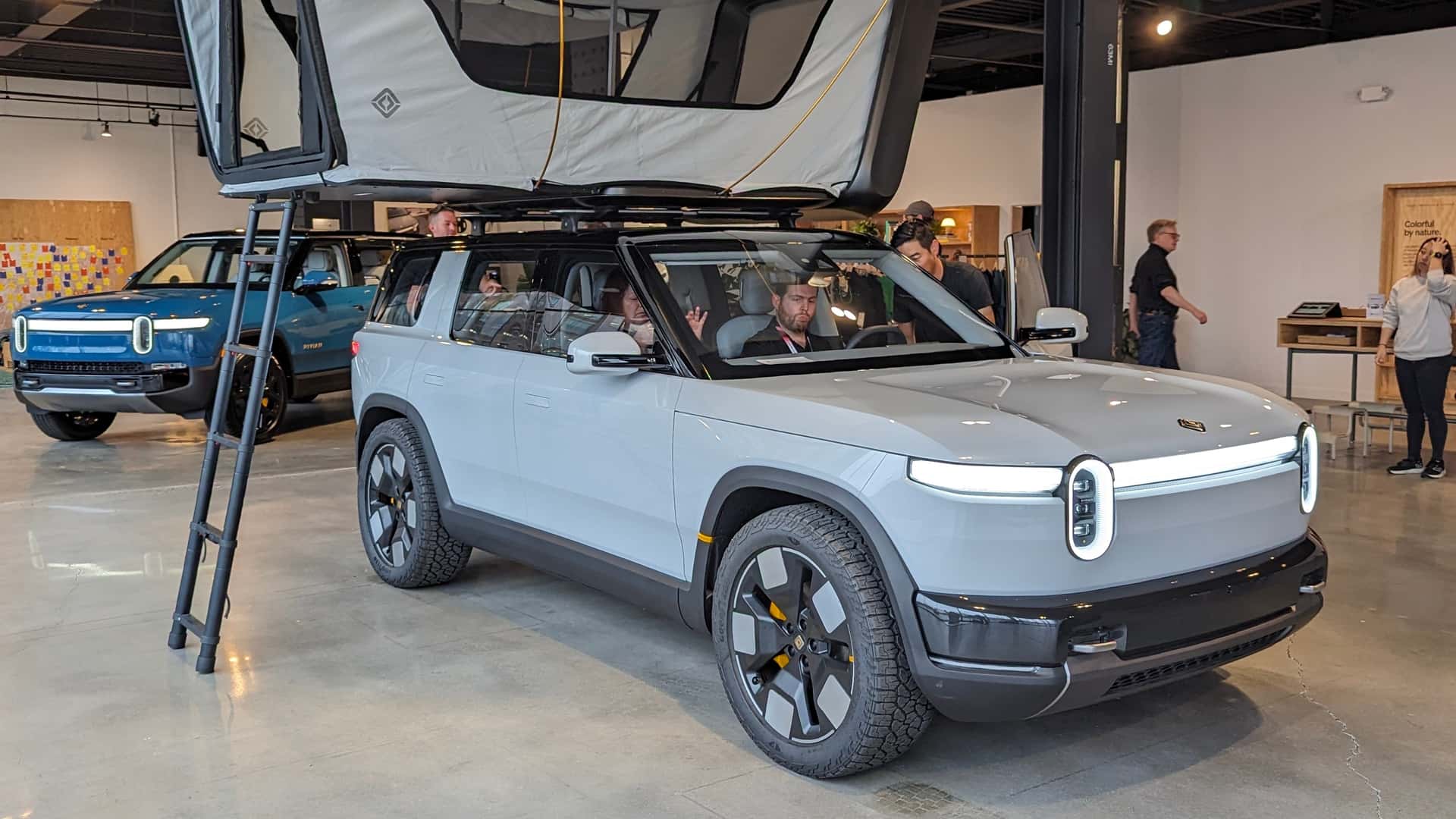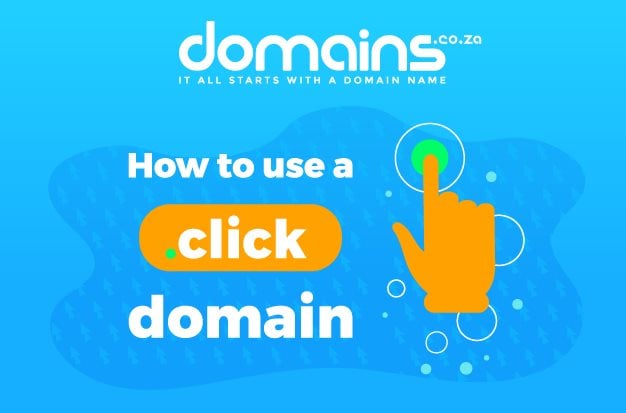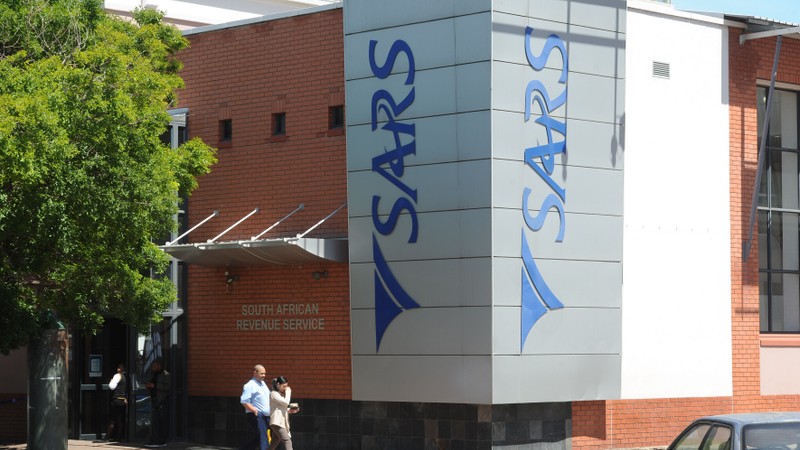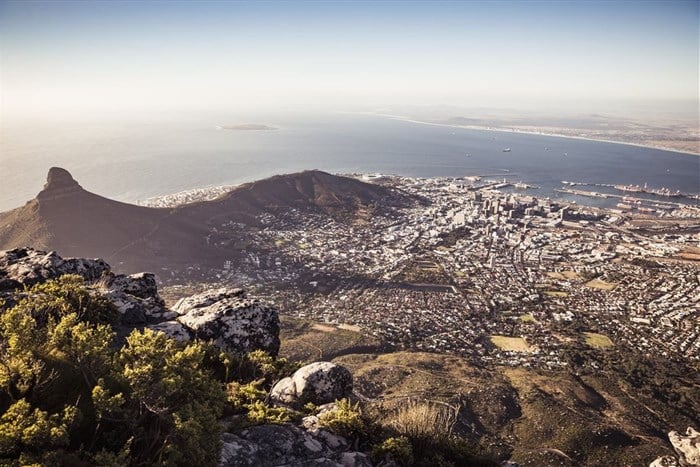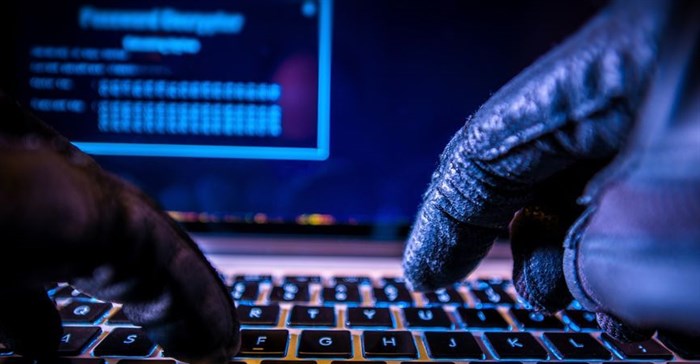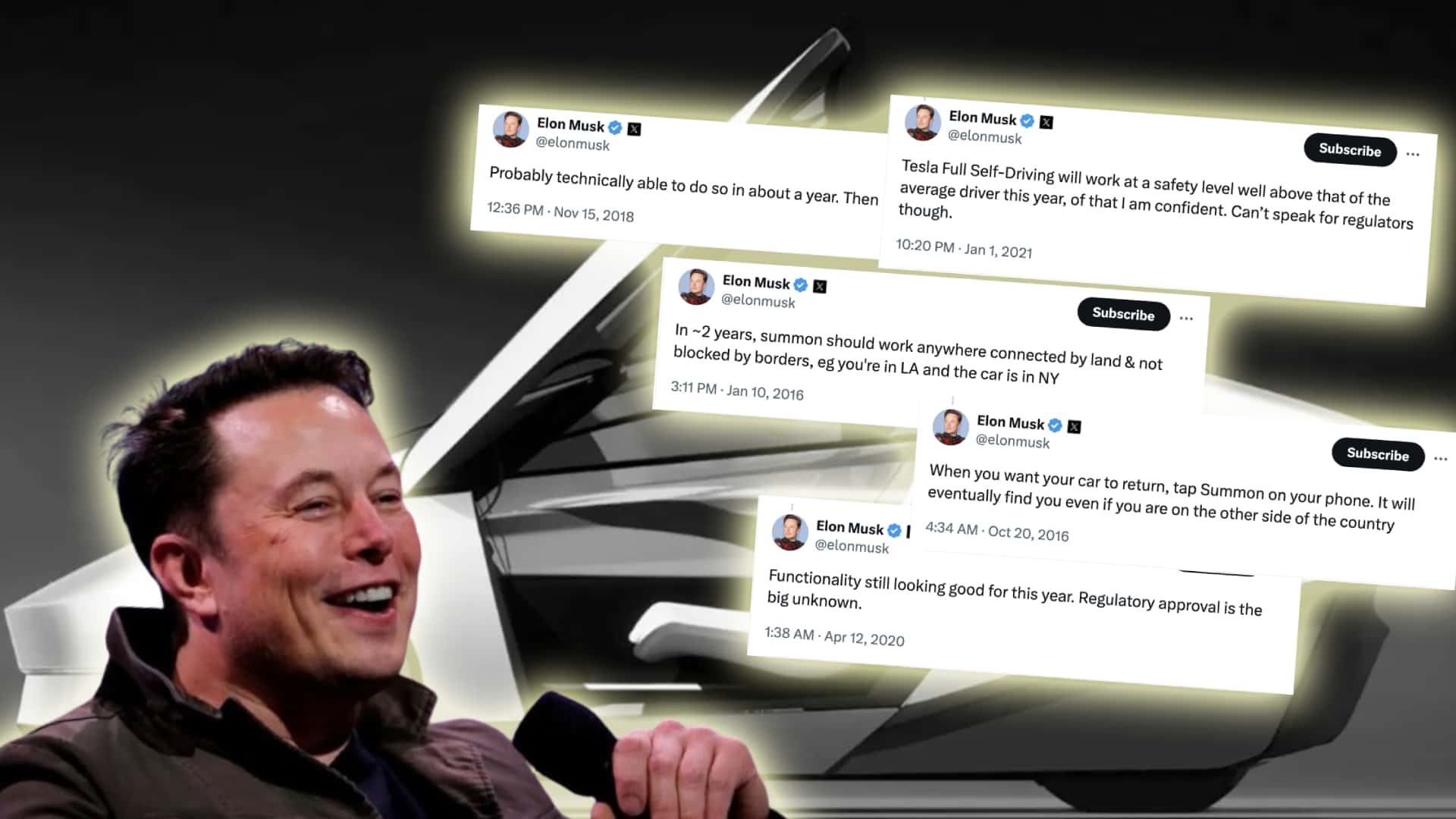
ELON MUSK'S SELF-DRIVING PROMISES ARE GETTING OLD
Tesla's CEO has been making lofty predictions about robotic taxis and self-driving cars for nearly a decade. Is this time any different?
On Tesla’s latest earnings call, Elon Musk made it abundantly clear that self-driving cars and other forays into artificial intelligence will be the automaker’s main focus going forward. Sure, he talked a bit about the mysterious new models Tesla plans to release next year, but he declined to elaborate on those plans when pressed. It was striking given that Tesla is, at the end of the day, a car company that makes most of its money selling cars.
More than ever, what Tesla’s CEO really wanted to talk about were the company’s efforts in purpose-built autonomous taxis, self-driving subscriptions and “sentient” robots.
“Really, we should be thought of as an AI and robotics company,” Musk told investors and analysts on Tuesday’s call. “If somebody doesn't believe Tesla is going to solve autonomy, I think they should not be an investor in the company.”
While this seemingly single-minded focus on self-driving technology and AI above Tesla’s core automotive business is somewhat new, remember that Musk has preached basically the same buzzy goals and predictions around self-driving cars for the better part of a decade now. He just hasn’t delivered on his promises.
Take Tesla’s proposed entry into autonomous ride-hailing, for example. In Tuesday’s earnings release, the automaker said it was working on a ride-hailing business. It shared some sleek previews of what that might look like in the Tesla app. On the call, Musk added that Tesla would operate its own fleet of robotaxis which would be supplemented by participating Tesla owners’ self-driving vehicles. It would be like a fusion of Airbnb and Uber, he said.
It’s a neat idea. But not a new one. Way back in 2016, Musk’s “Master Plan, Part Deux” outlined the same thing. “You will also be able to add your car to the Tesla shared fleet just by tapping a button on the Tesla phone app and have it generate income for you while you're at work or on vacation,” the manifesto said.
He reiterated that vision in 2019 at Tesla’s “Autonomy Day.” He even showed off some renderings of ride-hailing in the Tesla app. “Next year, for sure, we will have over 1 million robotaxis on the road,” he told investors. Clearly, that didn’t happen.
The promise that Tesla’s “Full Self-Driving” software, or FSD, would make its customers very rich once it’s complete has been kicking around for years too. “It’s financially insane to buy anything other than a Tesla,” Musk said in 2019, adding that each vehicle on the ride-hailing network could generate $30,000 in annual profits. On Tuesday, he claimed that when Tesla beams out true self-driving capabilities to its fleet, that “might be the biggest asset-value appreciation in history.”
Thousands of Tesla owners have shelled out up to $15,000 for FSD over the years under the impression that the software would relieve them of the drudgery of driving sometime very soon. After all, that’s what Musk has been saying. But FSD is still very much a work in progress.
On Tuesday, Musk hyped up Tesla’s latest iteration of FSD, V12, and forecasted a “a step-change improvement in the car” in “three to four months.” That sounds encouraging, but also eerily similar to what Musk has been saying for a long, long time. For years, Tesla has supposedly been one mind-blowing software update away from cars that drive themselves without human intervention.
In 2016, Musk tweeted that you’d be able to summon a Tesla from across the country within two years. "Tesla Full Self-Driving will work at a safety level well above that of the average driver this year, of that I am confident,” he tweeted in 2021.
Musk has claimed that FSD would be truly autonomous “this year” or “next year” so many times that it’s become a meme among those who follow the company closely. And yet, Tesla owners trying out FSD still aren’t able to read a book or take a nap at the wheel in 2024. They need to closely supervise the software as it attempts to navigate the world. Because, as Tesla itself says in a disclaimer, FSD “may do the wrong thing at the worst time.”
Creating safe autonomous vehicles is a wickedly difficult and expensive problem to solve. But it isn’t impossible. Waymo, a subsidiary of Alphabet, operates driverless Jaguars that ferry paying passengers around multiple American cities.
The holdup may be Tesla’s approach, which some experts say is fundamentally flawed. Tesla is determined to make cars that drive themselves without the array of expensive sensors and highly detailed maps that autonomous-vehicle companies typically use. Musk thinks that if humans drive with eyes and a brain, then cars should be able to drive themselves anywhere using just simple cameras and AI. Many experts say a vision-only system will always be at a disadvantage compared to those that incorporate radar and lidar data.
Other Stuff You Should Know
- Elon Musk Says Tesla Is An A.I. Company. He Should Let Someone Else Make The Cars
- Honda Will Spend $11B To Build EVs, Battery Packs In Canada
- The Mazda EZ-6 Is The Electric, Rear-Wheel-Drive Mazda Sport Sedan We Want
- We've Made Some Changes To How Comments Work At InsideEVs
- Ford Will Build Profitable, Affordable Sub-$30,000 EVs
- Teslas Have Cheapest 10-Year Maintenance Costs: Consumer Reports
And yet, the hype train barrels onward. Musk recently set a date in August for the reveal of Tesla’s purpose-built robotaxi, which is expected to lack a steering wheel or pedals. He said on Tuesday that Tesla is in talks to license FSD to a major automaker. He will need to deliver something concrete on the self-driving front soon if he wants to convince the world that Tesla truly is an AI company—and not just another car manufacturer.
Tesla shouldn’t be underestimated. The company has seen amazing success selling cars and has pushed traditional automakers to get serious about EVs. So maybe the next version of FSD really will be “the one.” And maybe Tesla’s forthcoming “Cybercab” really will compete with Waymo and Uber. But after all these years, anybody who’s been paying attention has to wonder whether Musk’s self-driving dreams will materialize anytime soon.
Are you a current or former Tesla employee with insight into its self-driving program? Contact the author: [email protected]
2024-04-26T14:17:44Z dg43tfdfdgfd
